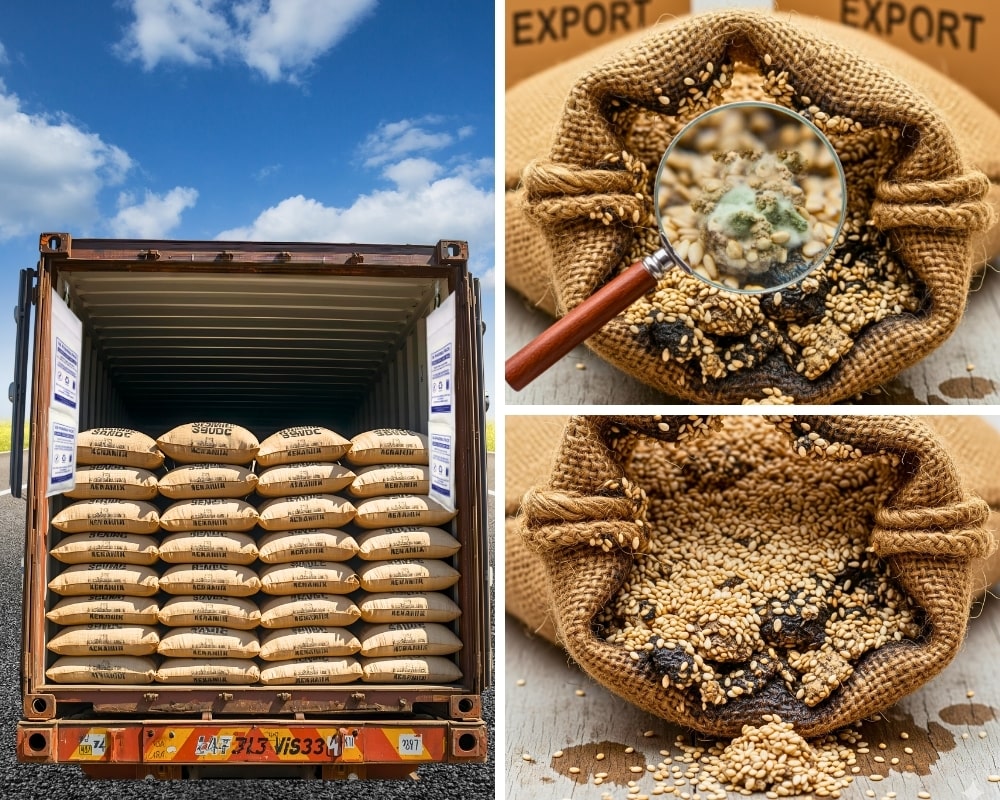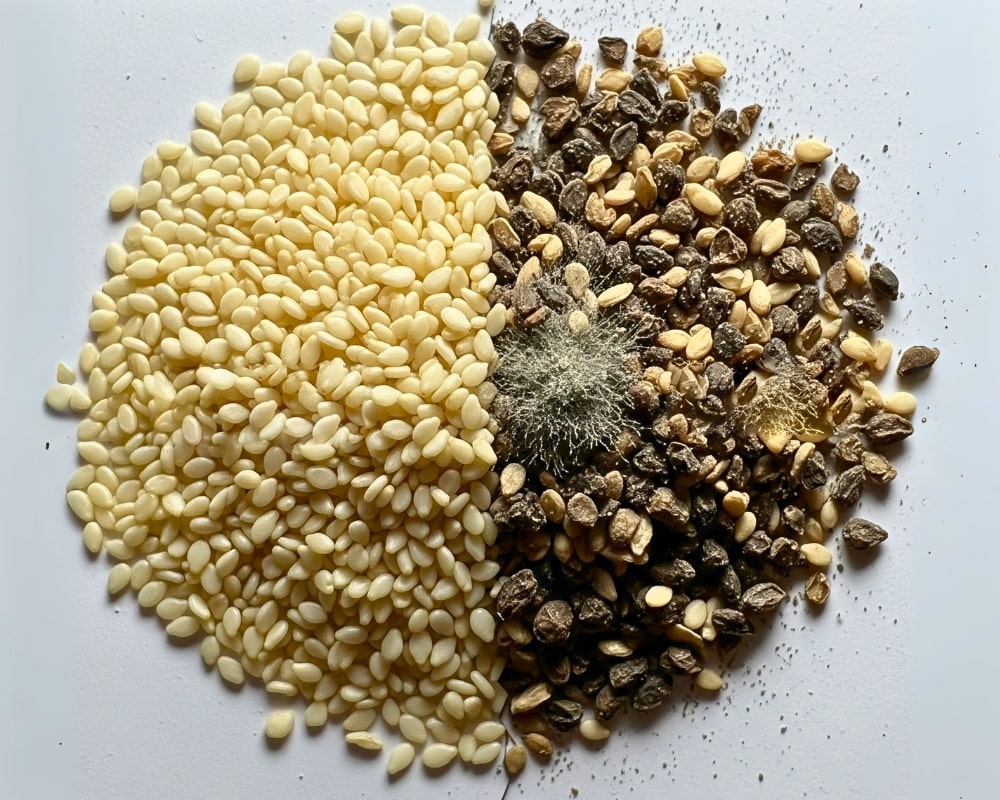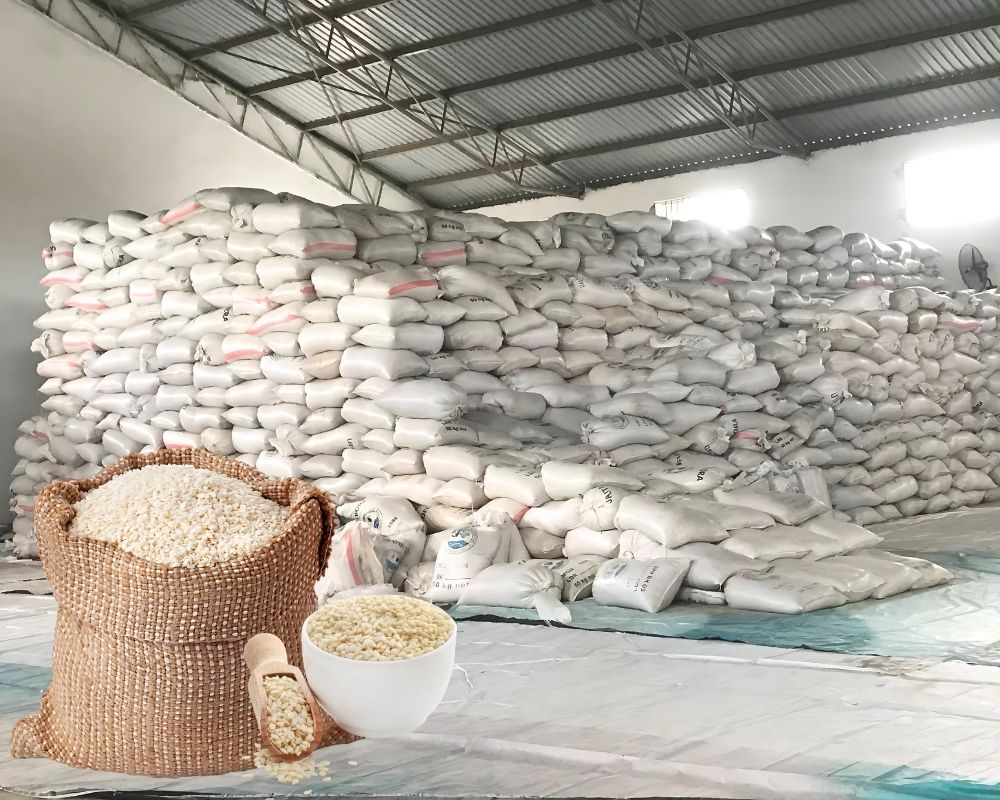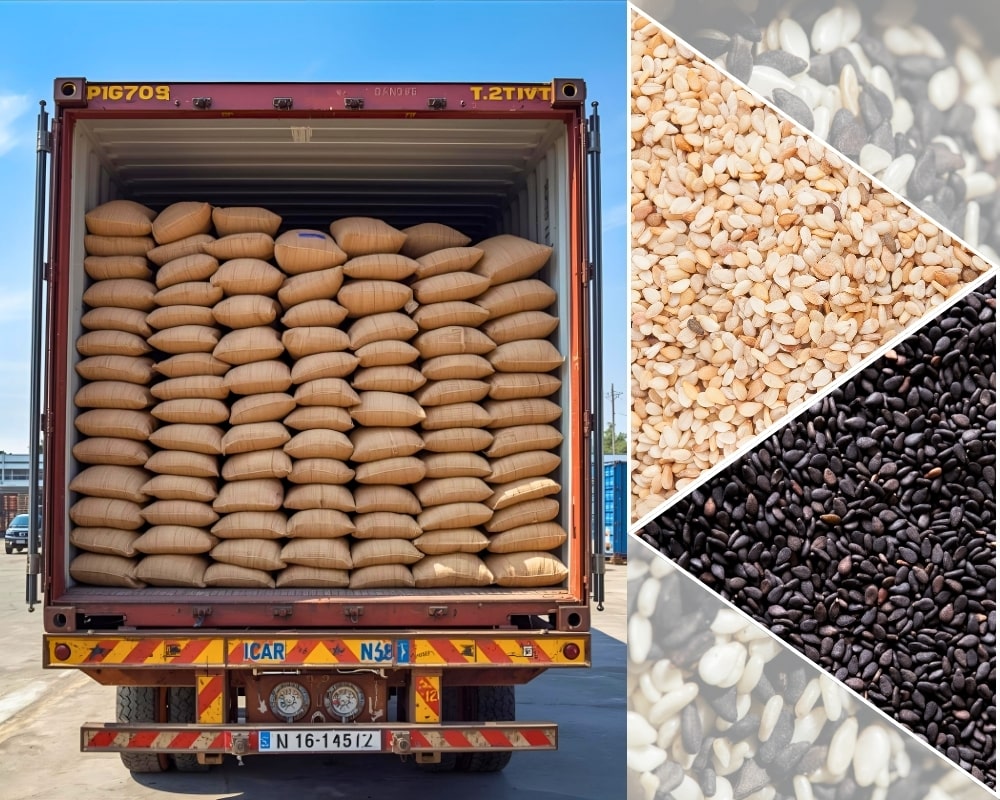

High moisture content, typically above 8–9%, creates favorable conditions for fungal growth. Contamination by aflatoxins is a major concern in key export destinations where regulatory limits are strict. Shipments found to exceed permissible aflatoxin levels are often rejected, confiscated, or destroyed, leading to significant financial and reputational loss.
Excessive moisture accelerates the degradation of seed structure. It can lead to:
These quality defects reduce the market value of the product and can result in downgrading or outright rejection by buyers and regulatory authorities.


Sesame seeds with high moisture content exhibit decreased storage stability. Moisture encourages microbial activity and chemical reactions that cause rancidity, especially in the high-fat content present in sesame seeds.
Under humid storage conditions or in inadequately ventilated containers, condensation may occur, further exacerbating microbial growth. This compromises the product’s shelf life and makes it unsuitable for long-term distribution or processing into derivative products such as sesame oil, tahini, or confectionery.
Most importing countries enforce maximum allowable moisture content in sesame seeds, often ranging between 6% and 8%, depending on the market. Exporters failing to meet these standards may face:
Maintaining optimal moisture levels is not just a quality control issue—it is a regulatory requirement tied to access and credibility in international markets.


The financial risks associated with high-moisture sesame seeds extend beyond quality losses. These may include:
Long-term damage may also occur in the form of reduced buyer confidence and loss of export contracts.
Moisture content is a key quality factor in the export of sesame seeds. Excessive moisture increases the risk of mold, aflatoxin contamination, spoilage, and shipment rejection. Sesame seeds need to be stored and dried correctly to preserve their export quality.

Maintaining the quality of sesame seeds during international shipment requires effective moisture control. Cargo desiccant bags serve as a preventive solution by absorbing excess humidity inside containers, ensuring that the product reaches its destination without spoilage, mold, or regulatory issues. These bags are especially vital during long transit periods or routes with high humidity fluctuations.